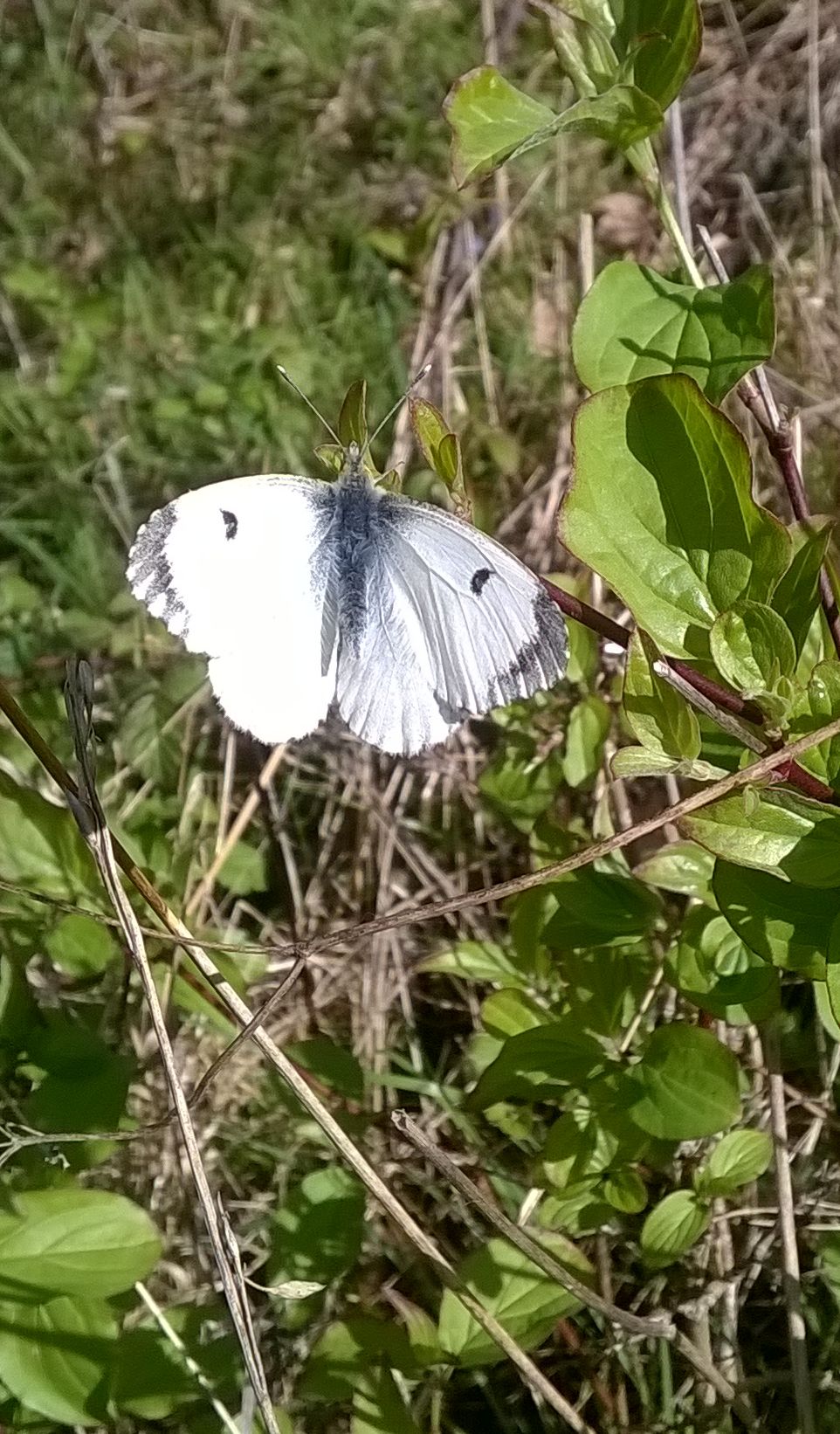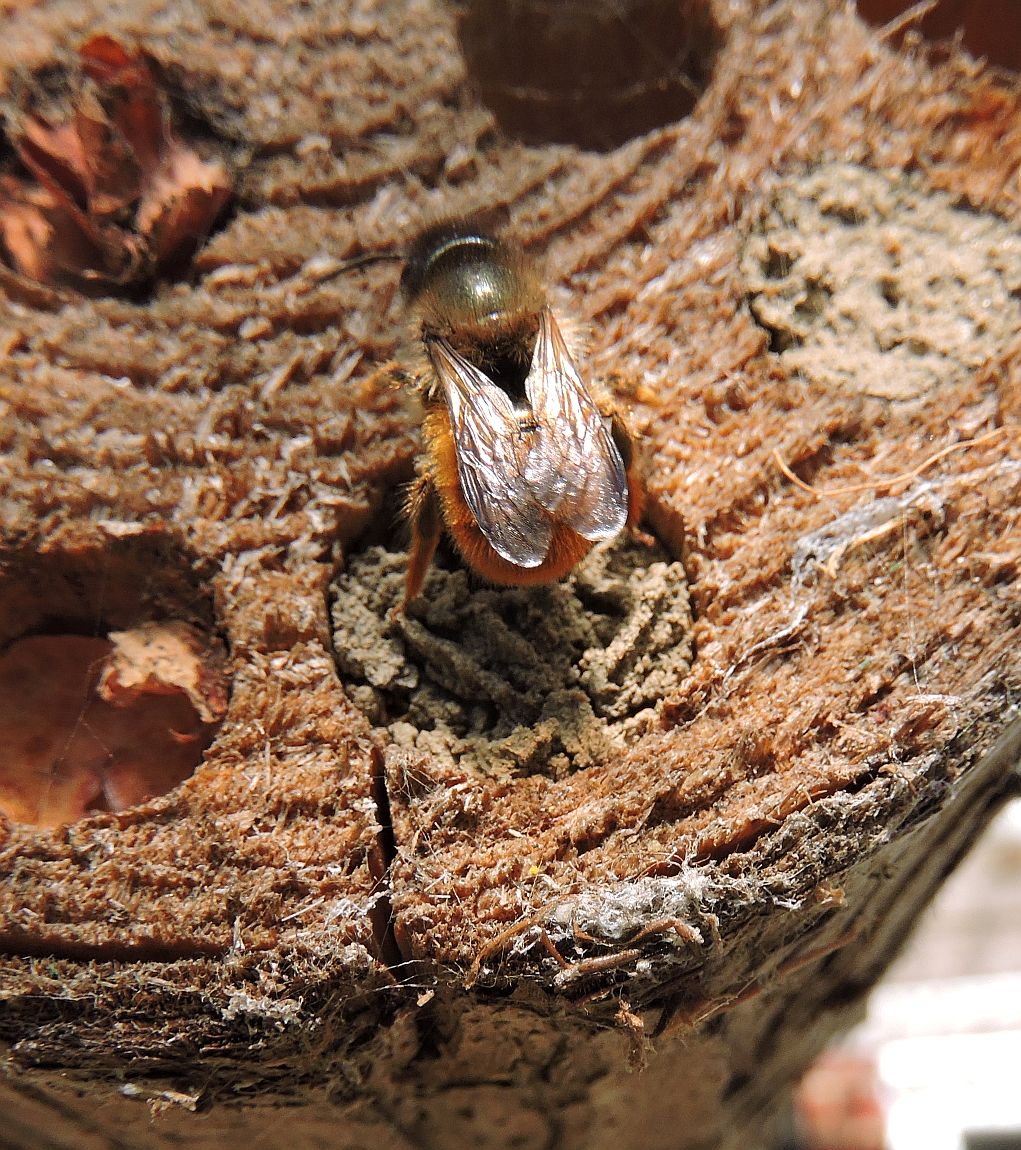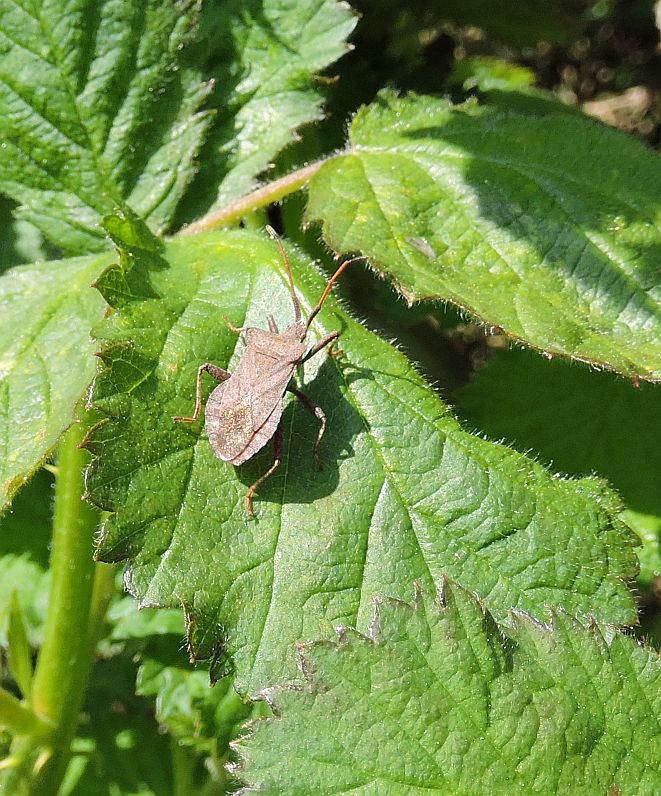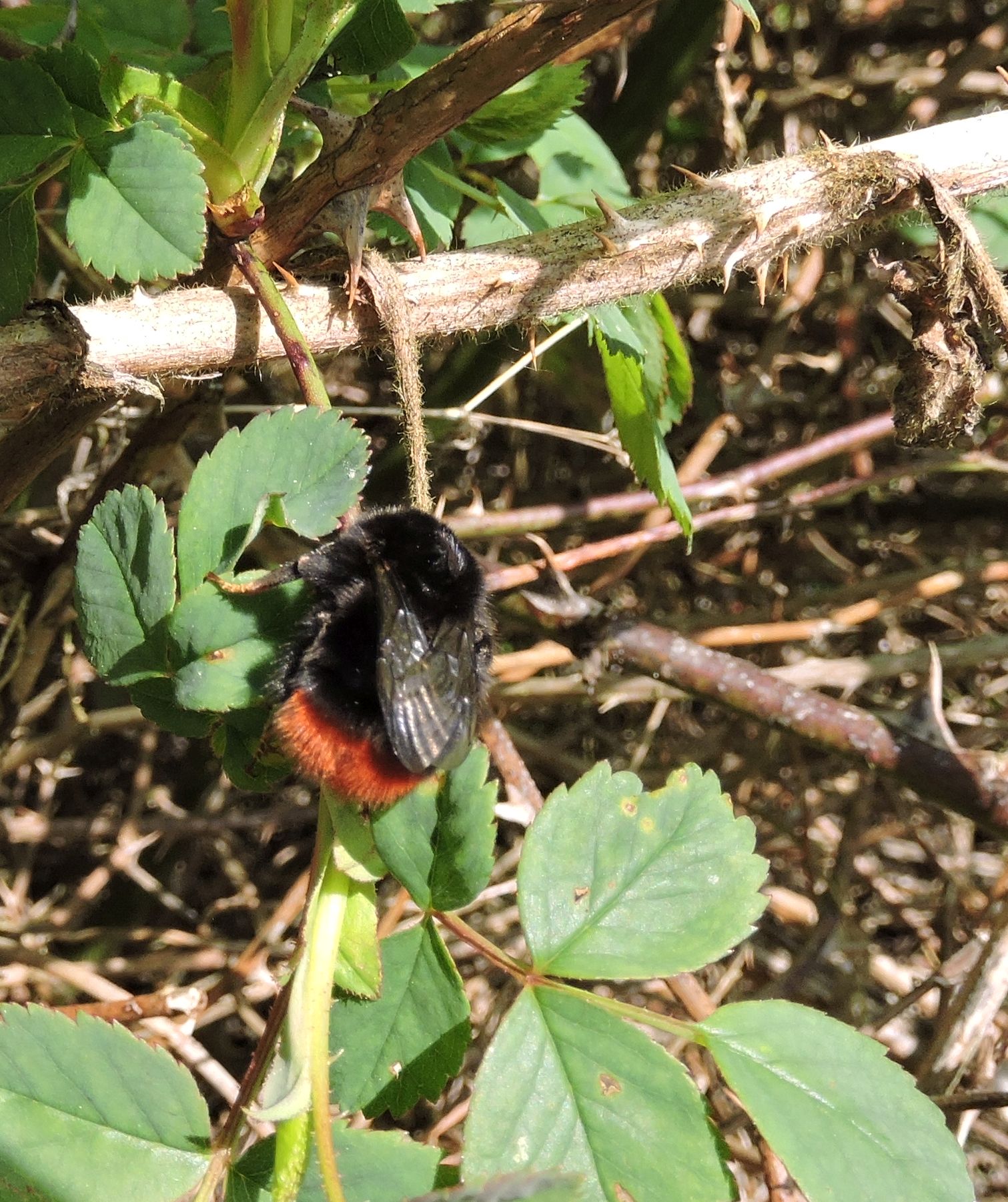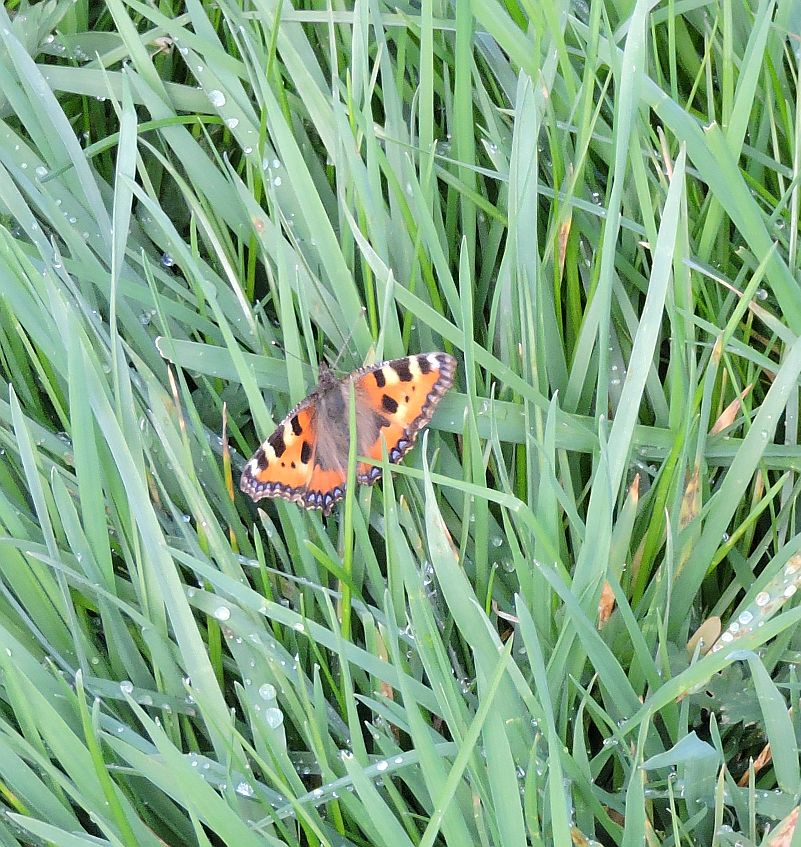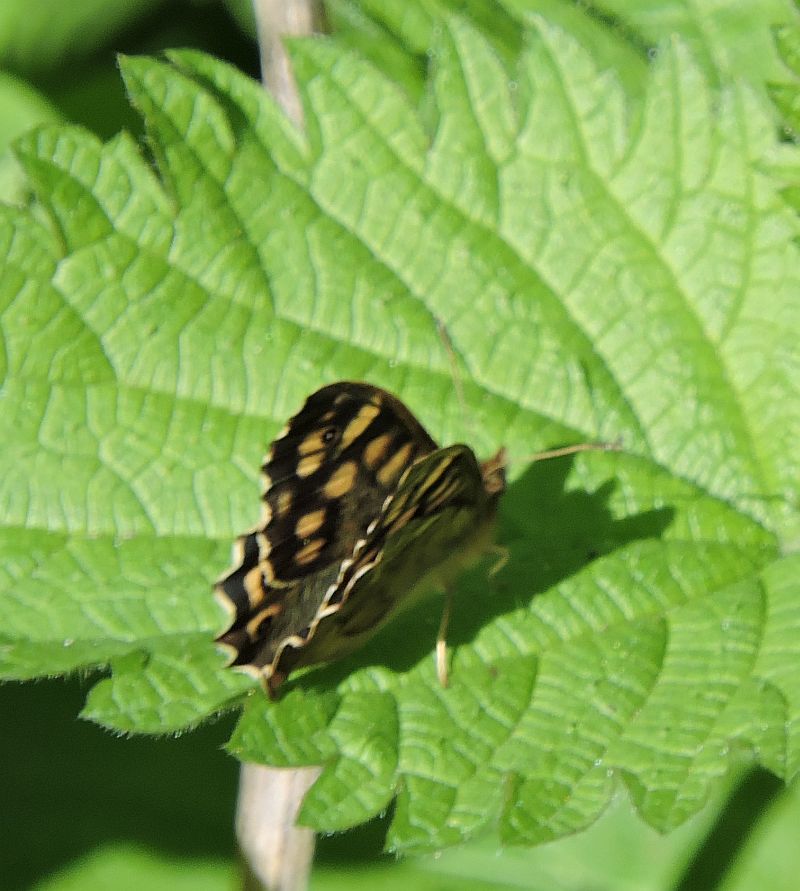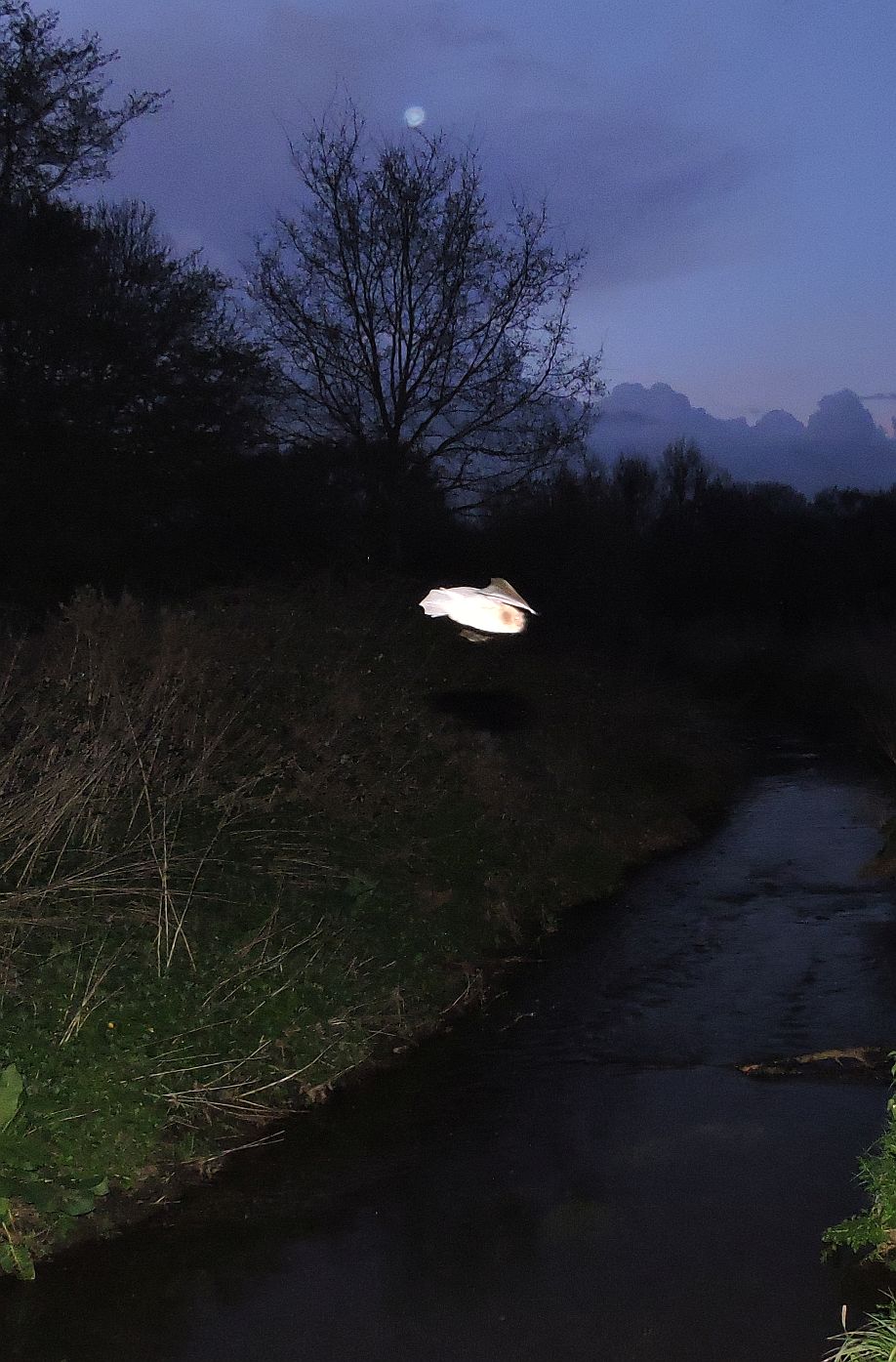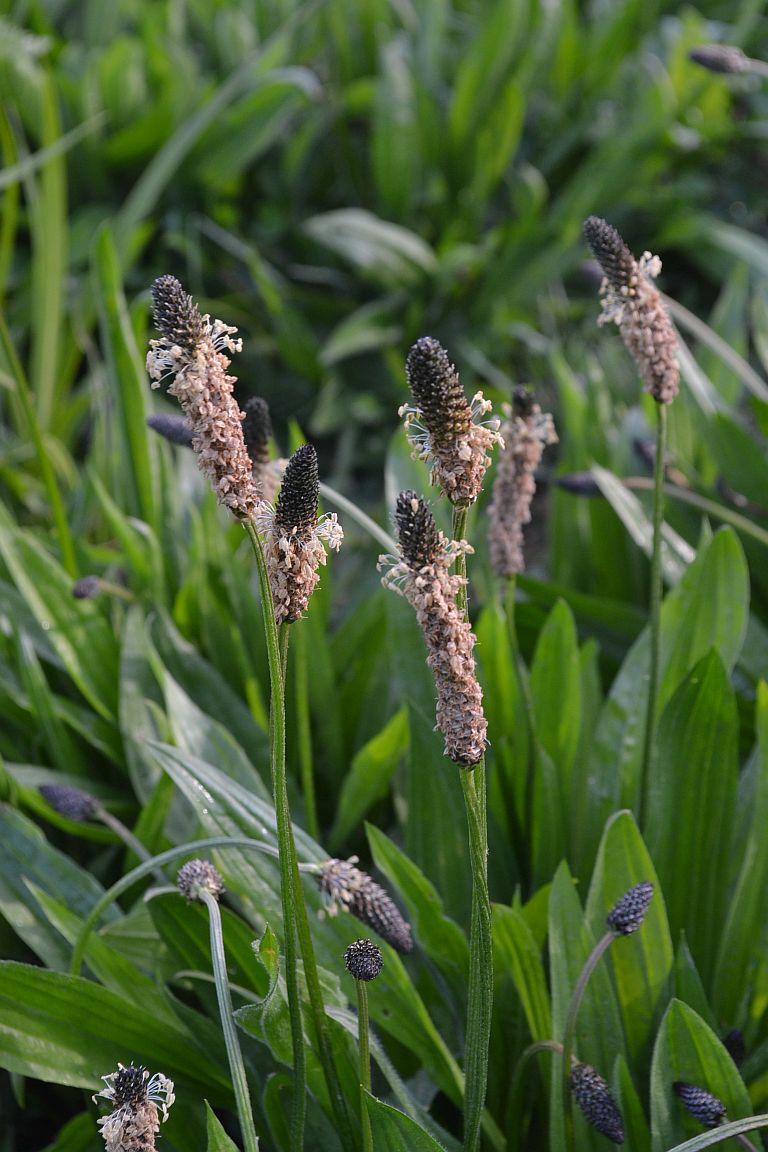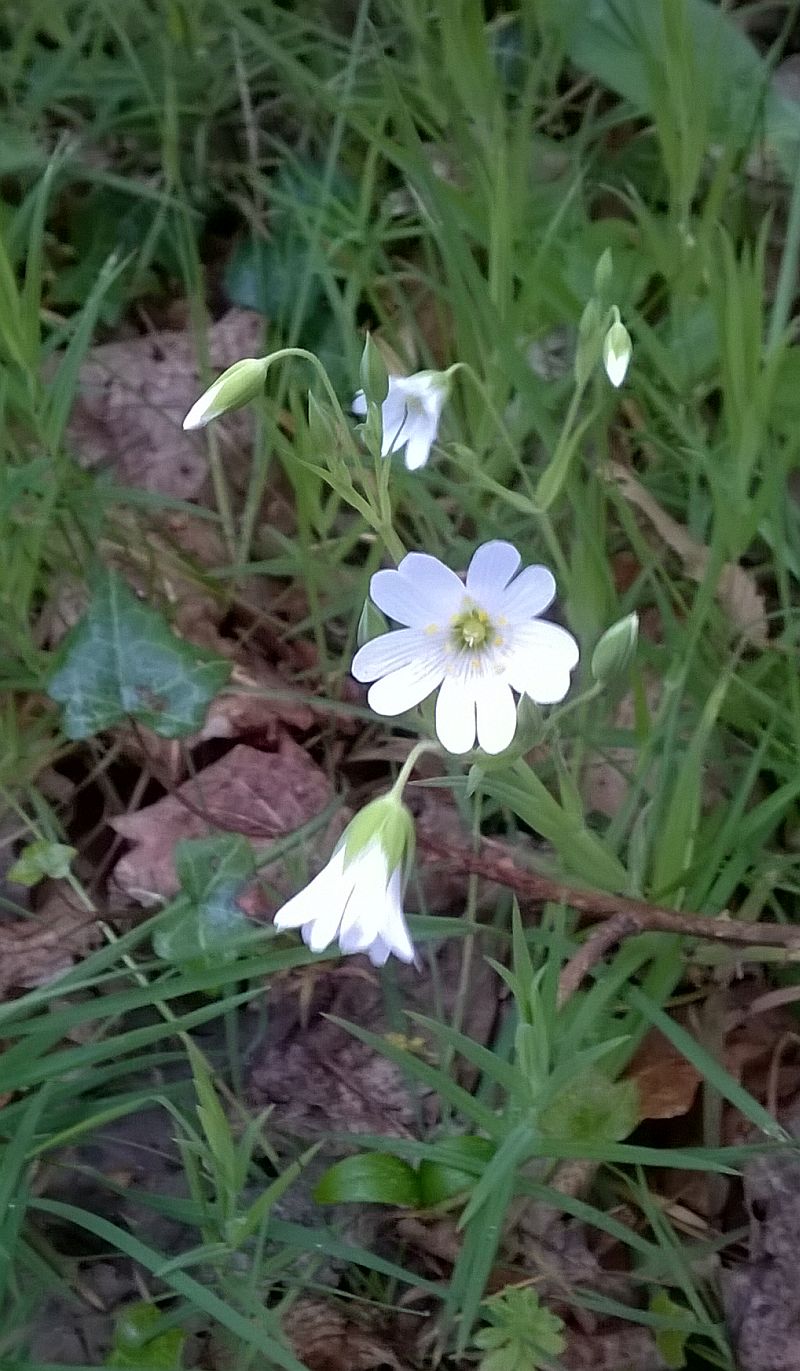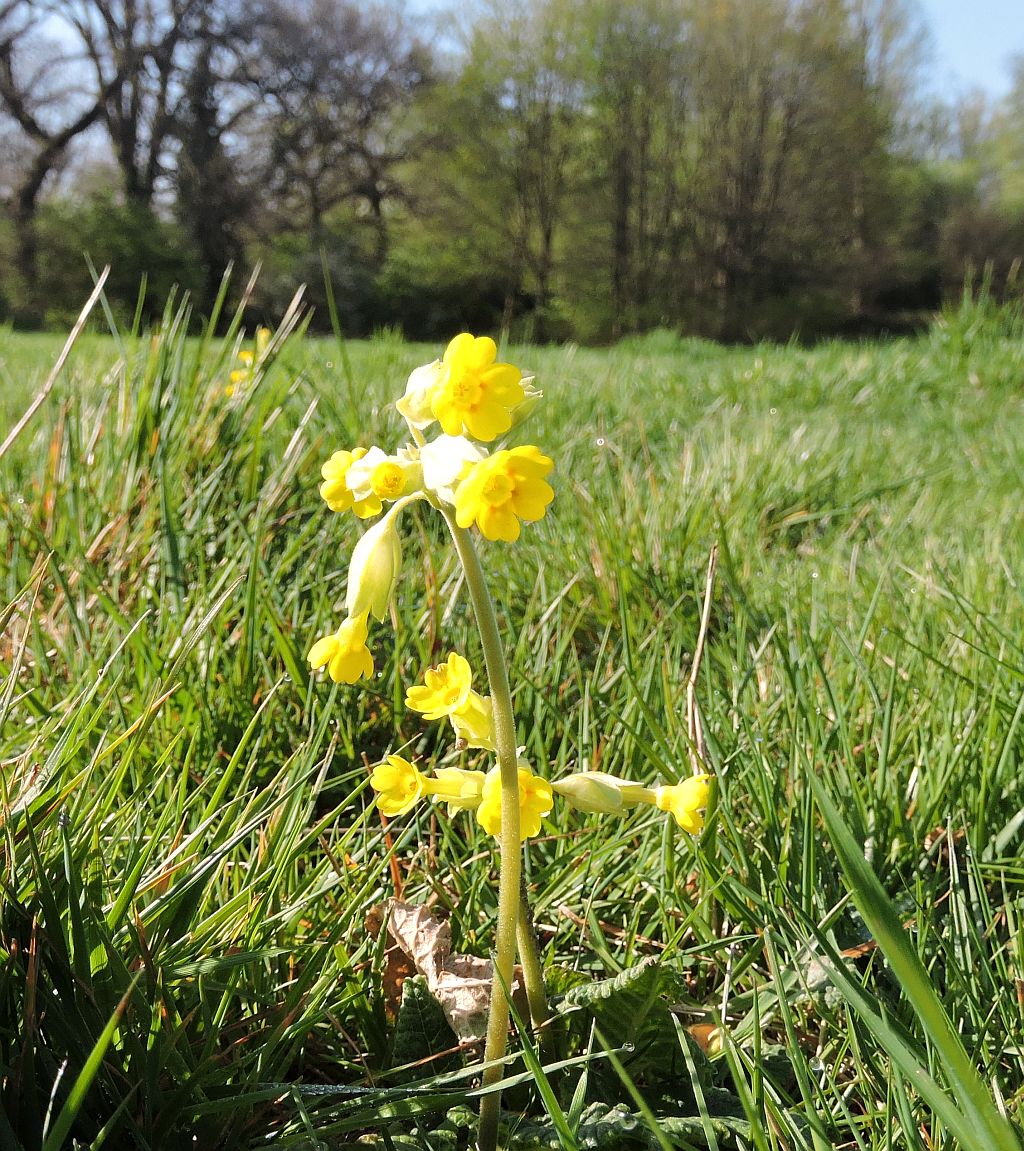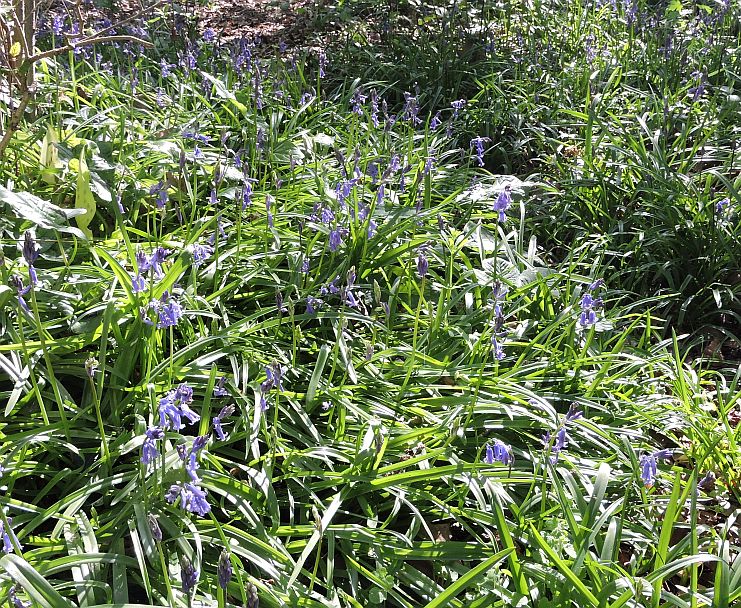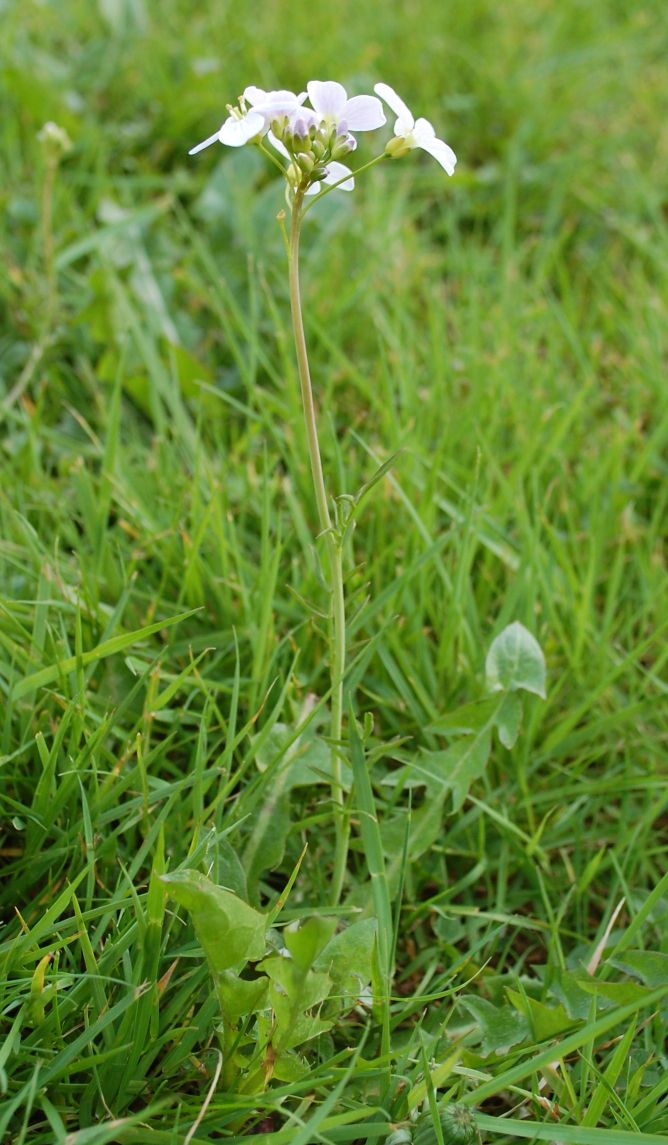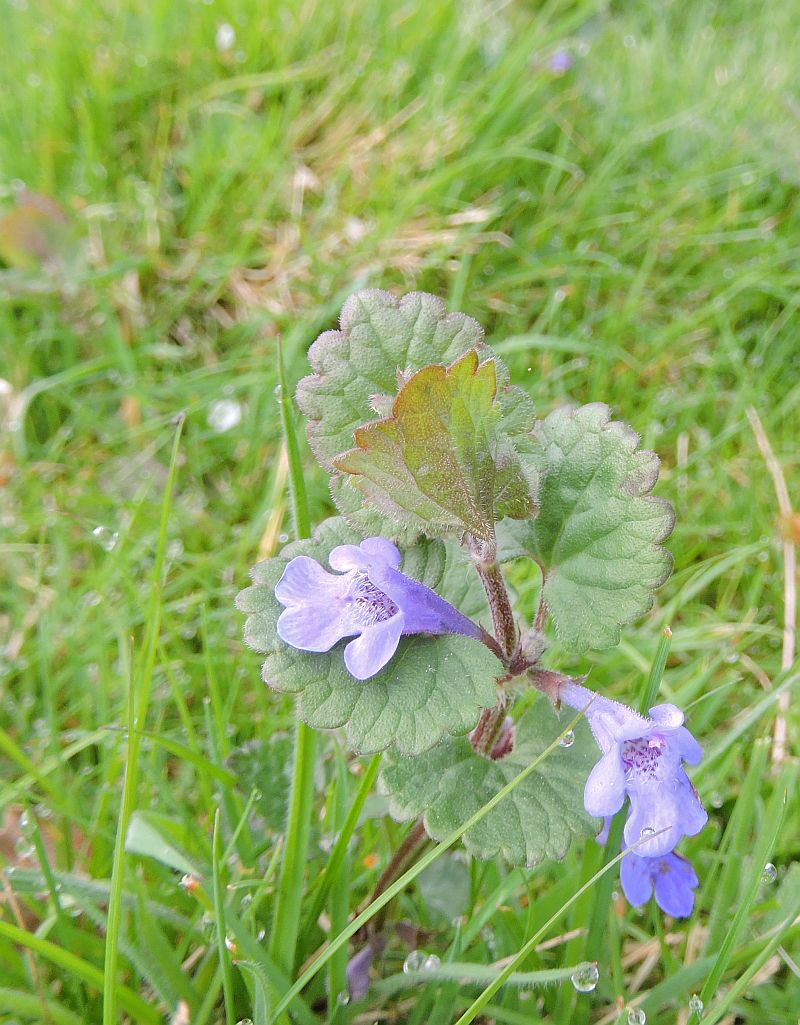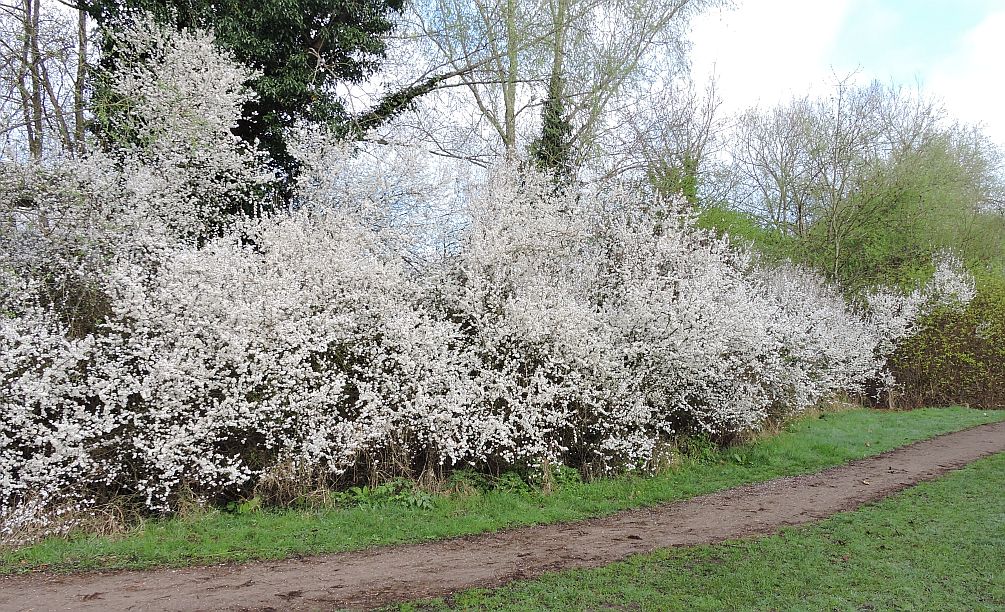Birds
30/04/17
In the Area 10 car park field off Sandford Lane today a Lesser Whitethroat was singing and a Yellow Wagtail was heard calling as it flew over by Fraser Cottington.
29/04/17
In my Area 5 garden a Long tailed Tit was enjoying the fat feeders. This is a rare visitor to my garden.
28/04/17
At 09:00 this morning a large mixed hirundine flock of Swallow and House Martin also contained 5 Swift . They were all flying over the Emm in Area 10 between the Old Golf Course and Black Swan Lake feeding. A Goldcrest was also seen picking insects off the bridge over the Emm by the Multi Activity Centre.
27/04/17
A Ring necked Parakeet was seen dropplng into an Ash tree before flying N in Area 4 by Paul Bright Thomas.
24/04/17
In Area 10 a Lesser Whitethroat was calling and seen in the Car Park field. Nearby a Garden Warbler was also heard singing.
22/04/17
Yet again the male Tawny Owl was calling at 04:22 in Area 5.
20/04/17
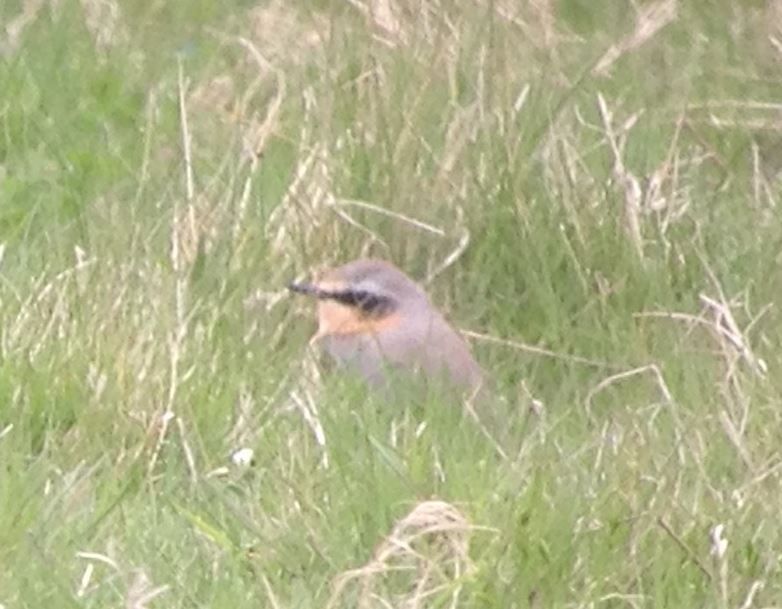 In the car park field at 13:40 off Sandford Lane in Area 10 a Wheatear was in the grass and found by David Hampton(Photo courtesy of Fraser Cottington).
In the car park field at 13:40 off Sandford Lane in Area 10 a Wheatear was in the grass and found by David Hampton(Photo courtesy of Fraser Cottington).
18/04/17
 In the Emm Brook to the Rear of Morrisons (Area 5 ) this morning at 09:00 a Little Egret was feeding at Dragonfly Bridge. Whilst I was watching it a Kingfisher flew downstream, over its head, calling. In Area 4 a Kestrel was seen by Paul Bright Thomas from his garden.
In the Emm Brook to the Rear of Morrisons (Area 5 ) this morning at 09:00 a Little Egret was feeding at Dragonfly Bridge. Whilst I was watching it a Kingfisher flew downstream, over its head, calling. In Area 4 a Kestrel was seen by Paul Bright Thomas from his garden.
17/04/17
In Area 10 at 08:00 Swallow and House Martin were flying over the Emm by the sailing club at Dinton Pastures, at bit earlier at 03:45 in Area 5 a male Tawny Owl was heard calling again.
16/04/17
In Area 4 a Raven was seen flying E over his garden at12:40 by Paul Bright Thomas, also a male Tawny Owl was heard calling at 01:00.
13/04/17
In Area 4 a male Willow Warbler was seen by Paul Bright Thomas, singing next to the Emm between Kingfisher bridge and Ripplestream Bridge. In Area 5 a male Tawny Owl was heard calling at 21:50.
11/04/17
A Redshank was flying around displaying over the Emm and calling all over BSL, Sandford and old golf course in Area 10 at 07:50.Seen by Fraser Cottington.
07/04/17
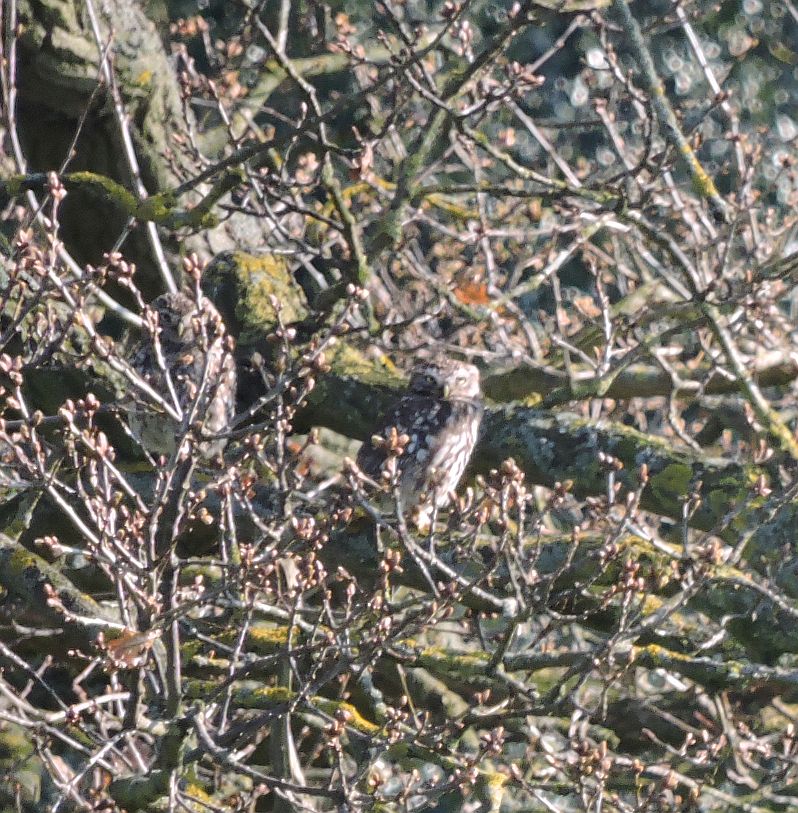 An after work walk around Area 2, produced a pair of Little Owl enjoying the evening sun in an Oak tree on the path to Ludgrove School.Yes they are there in the picture. You may have to look towards the centre. Also seen was a Coal Tit feeding in the hedges.
An after work walk around Area 2, produced a pair of Little Owl enjoying the evening sun in an Oak tree on the path to Ludgrove School.Yes they are there in the picture. You may have to look towards the centre. Also seen was a Coal Tit feeding in the hedges.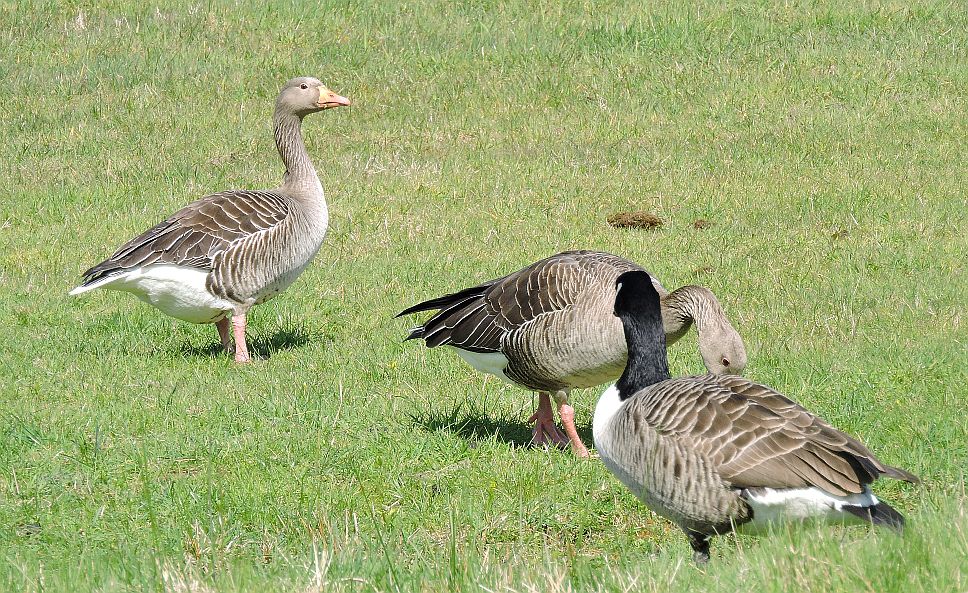 At the bottom of the car park field in Area 10 at a lunchtime a bit of a Wildfowl grazing frenzy was going on. Possibly not suprising given the hour. Munching away on the grass near the Emm were Greylag Goose , Canada Goose and Egyptian Goose .
At the bottom of the car park field in Area 10 at a lunchtime a bit of a Wildfowl grazing frenzy was going on. Possibly not suprising given the hour. Munching away on the grass near the Emm were Greylag Goose , Canada Goose and Egyptian Goose .
06/04/17
Paul Bright Thomas was out and about in Area 10 and the car park field at Lavells Lake. Seen were 4 Ring necked Parakeets with 3 flying over the field and 1 on the East side. Also on the East side of the field was a singing Willow Warbler a first for the year.
04/04/17
In Area 10 this morning at 07:00 was my first Swallow of the year flying over the Emm Brook near the Multi Activity Centre. Also seen were 2 Little Egret which seemed to touch down on the Emm Brook before departing N.
02/04/17
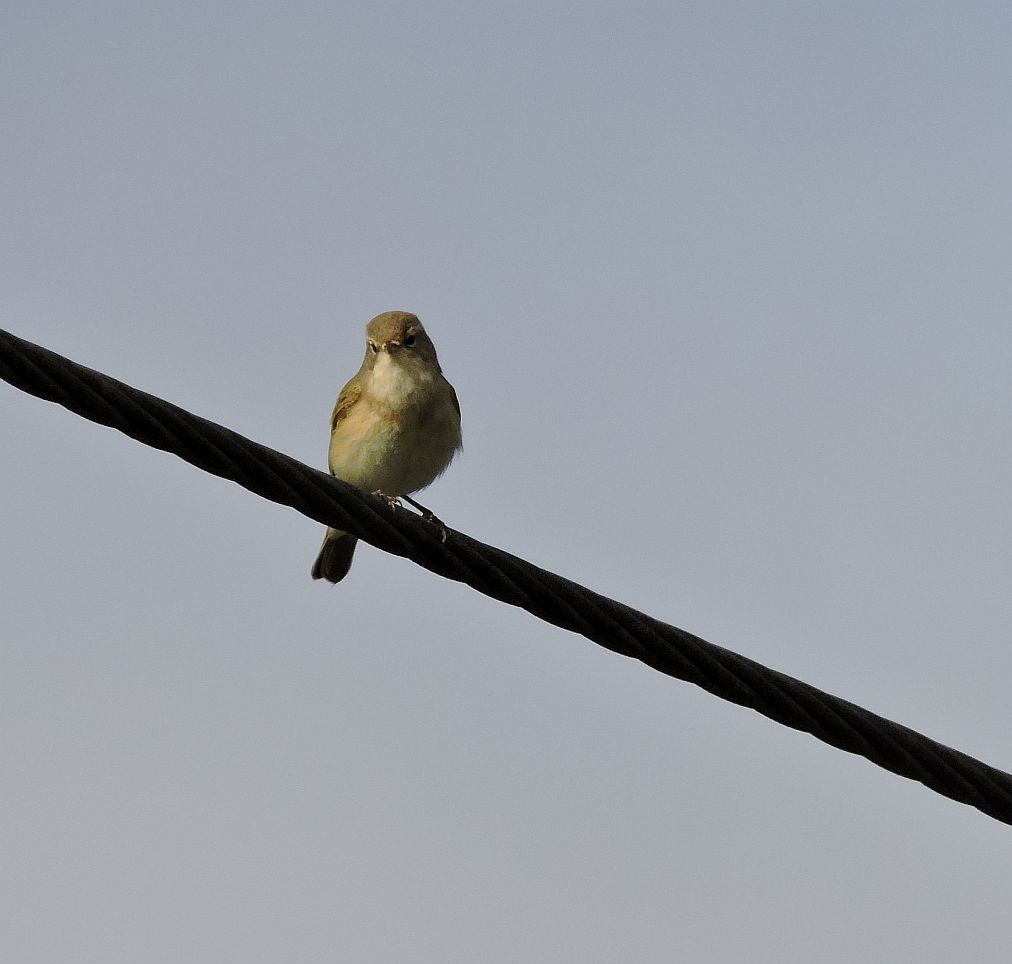 Around Area 10 and Sandford Lane again numerous Chiffchaff were calling from any available vantage post . Male Blackcap were also belting out their song in the sun.
Around Area 10 and Sandford Lane again numerous Chiffchaff were calling from any available vantage post . Male Blackcap were also belting out their song in the sun.
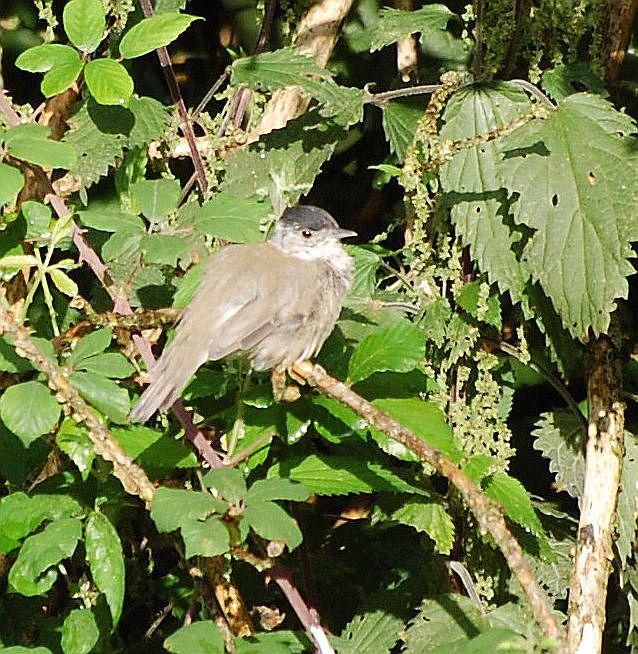 A Little Egret was seen in Area 4 by Paul Bright Thomas.
A Little Egret was seen in Area 4 by Paul Bright Thomas.
01/04/17
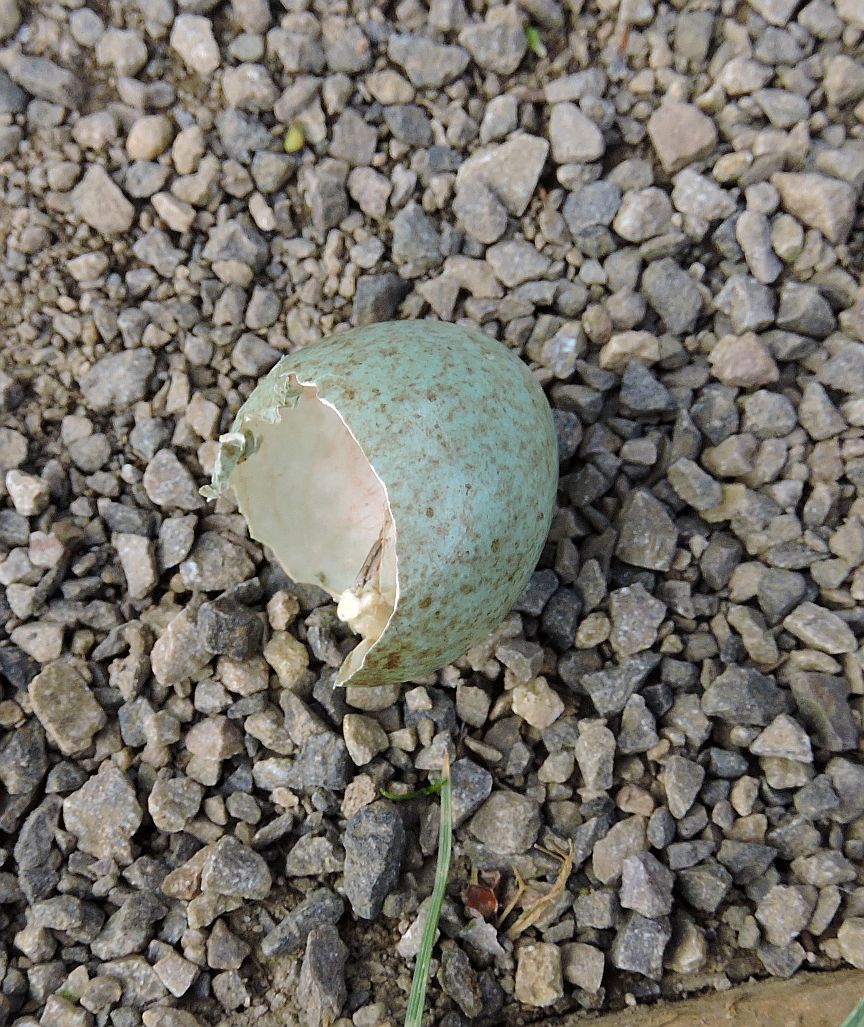 A Litter pick along the Emm Brook in Area 7. Numerous Chiffchaff were calling from the bushes. Another Spring migrant Blackcap were singing their beautiful song, announcing their arrival .Found by the path, was the remains of an eggshell of Blackbird once layed the eggs are incubated for 14 days. I am assuming that it was as a result of a successfull hatching rather than predation.
A Litter pick along the Emm Brook in Area 7. Numerous Chiffchaff were calling from the bushes. Another Spring migrant Blackcap were singing their beautiful song, announcing their arrival .Found by the path, was the remains of an eggshell of Blackbird once layed the eggs are incubated for 14 days. I am assuming that it was as a result of a successfull hatching rather than predation.








